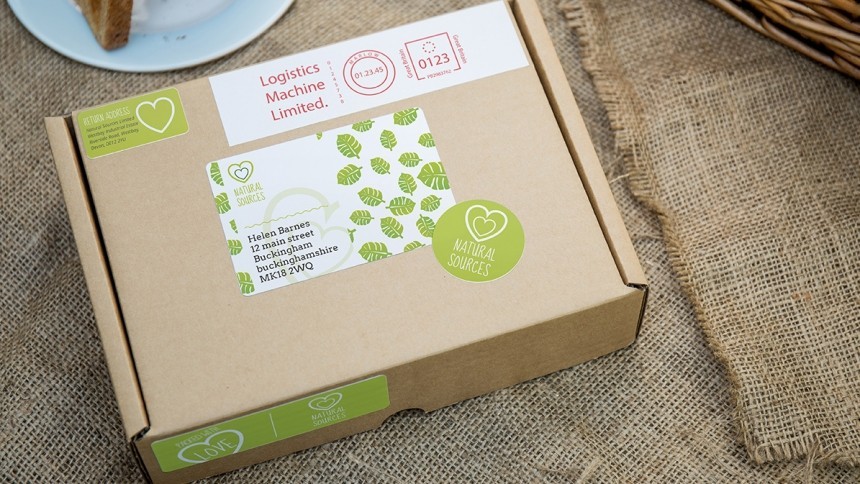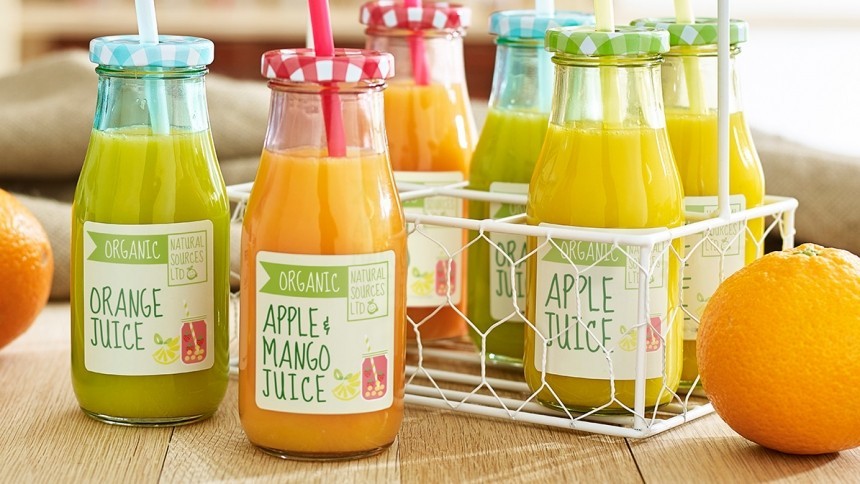Priming the brain
We commissioned a unique psychological study about labels because we wanted to understand what makes a label eye-catching, persuasive and successful. A key element was working with a behavioural scientist who truly understands how the human brain works, so we could back up our findings.
Using our research results, small business owners will learn how being clever with labels and label design can increase sales, ignite consumer loyalty and even wow so that customers tell others about you.


Did you know that humans are hardwired to notice faces?
How many times have you seen a news report that someone has seen a face in a random item? From pieces of toast, to pancakes or even banana skins, there’s even a hashtag called #IseeFaces on social media. This is because our brains naturally seek out faces and we are more likely to respond to something when we see one. That’s why it’s important to show real people in your marketing material where possible as your customers are more likely to notice it and become engaged by it.
Our eye-tracking experiments revealed that people were 14% more likely than average to look at an item featuring an emoji and 18% more likely to look at a label first if it featured a face.

How else can you prime the brain to notice your labels?
Emotional images like hearts and words like ‘lovely’ also draw the primal gaze and even help people look at your label for longer.
Consumers will take their cues about how to perceive and respond to an item like a parcel from the labels it has. Before they even open it up a label will prime their expectation and level of excitement. A label suggesting high quality can lead to increased product consideration and perception, but it works both ways - a cheap design can suggest a cheap product so think carefully about how your labels look and feel.

The power of the sub-conscious mind
Would you drink cleaning fluid? We imagine the answer is a definite no but in the space of four months in 2006, 39 fully-grown and healthy adults were admitted to hospital for drinking one particular brand of cleaning fluid, known as Fabuloso.
The problem was the packaging: the brightly coloured detergent was sold, like a soft drink, in a see-through bottle designed for gripping with a hand, and with fruit imagery on the label. In a brain-scanning study, it was demonstrated that, even though participants consciously knew the product was detergent, seeing the labelling still activated areas of the brain associated with taste. The label forced a subconscious response, which irrationally affected behaviour for some consumers.

Apply the science to your designs
By understanding the psychology of human decision-making, it helps us to build the steps of a consumer’s journey. Now you know that your product and packaging labels need to:
· Catch a consumer’s limited attention span.
· Engage them emotionally.
· And ‘nudge’ them towards a specific behaviour using mental shortcuts.